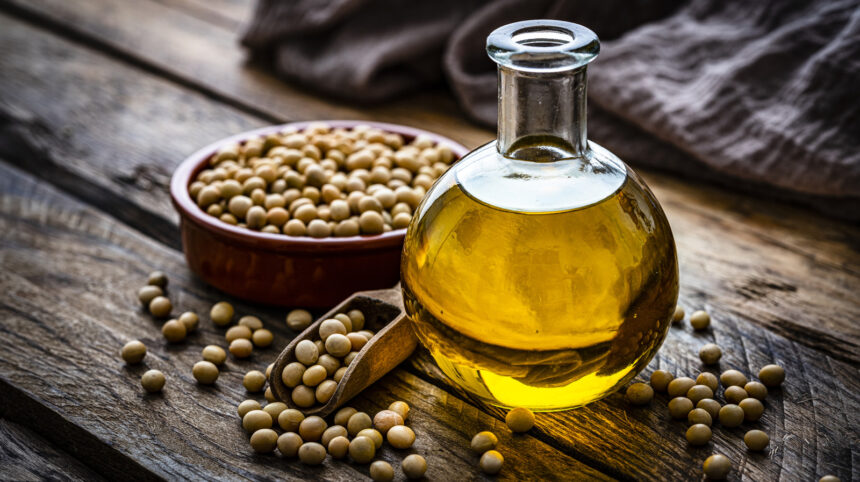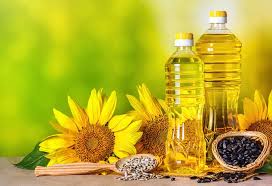Every kitchen has it. Almost every meal uses it. Yet few of us ever stop to think about where vegetable oil comes from, how it’s made, or why it has become one of the most important cooking ingredients in the world.
In this article, we’ll take a simple and easy-to-understand journey through the life of vegetable oil—from tiny seeds planted in the ground to the golden liquid we use every day. Whether you’re frying eggs or baking a cake, there’s more to vegetable oil than meets the eye.
The Humble Beginning: Seeds and Soil
It all starts with a seed. Vegetable oil is made by extracting oil from the seeds or fruits of certain plants. Common sources include soybeans, sunflowers, corn, canola, and palm fruits. These plants are grown across the globe, with huge fields dedicated just to oil crops.
Farmers plant these seeds in the soil and wait patiently as they grow into strong, healthy plants. Depending on the crop, it can take weeks or even months before they’re ready to harvest. Once the plants are mature, the seeds are collected and cleaned, preparing them for the next step in their journey.
How Vegetable Oil Is Made
Turning a seed into oil isn’t as simple as squeezing it like an orange. It takes a mix of science, machinery, and careful processing.
Here’s a basic breakdown:
-
Cleaning & Drying: The seeds are cleaned to remove dirt and debris, then dried to the right moisture level.
-
Pressing or Extraction: The oil is pulled from the seeds. Some oils, like olive oil or sunflower oil, can be cold-pressed. Others, like soybean or corn oil, often use a method called solvent extraction to get more oil out of the seed.
-
Refining: Raw oil usually contains unwanted flavors, colors, or particles. Refining helps clean the oil, making it clear, tasteless, and shelf-stable.
What comes out is a light, golden liquid we all recognize—ready to be bottled and sold around the world.
The Unsung Hero of the Kitchen
Vegetable oil might not seem exciting. It doesn’t have a strong flavor or flashy appearance. But that’s actually one of its biggest strengths. Its mild taste and high smoke point make it perfect for all kinds of cooking—from deep frying and roasting to baking and salad dressing.
Have you ever wondered how French fries get that perfect crisp? Or how cake stays moist and fluffy? Vegetable oil plays a big role in both.
It doesn’t just help with texture and flavor—it also helps your food cook evenly. Because it heats quickly and holds temperature well, it’s ideal for frying and sautéing. In baking, it helps keep cakes and muffins soft and fresh for longer.
Beyond Cooking: The Many Faces of Vegetable Oil
You might be surprised to learn that vegetable oil isn’t just for food. In fact, it’s used in a wide variety of non-food products, including:
-
Soaps and skincare items
-
Candles and biodegradable plastics
-
Biofuels for cars and machines
-
Industrial lubricants
This versatility makes vegetable oil a key ingredient not just in kitchens, but in factories and laboratories around the world.
Recycled vegetable oil from restaurants is even being turned into fuel, helping reduce waste and support cleaner energy. Who would’ve thought your leftover cooking oil could help power a bus?
Vegetable Oil and Your Health
There’s a lot of conversation about health when it comes to oils and fats. So where does vegetable oil fit in?
Most vegetable oils are high in unsaturated fats, which are considered healthier than saturated fats and trans fats. These fats can help lower cholesterol and reduce the risk of heart disease when used in moderation.
Some popular oils, like canola oil and sunflower oil, are especially low in saturated fat and have a light, clean taste—great for everyday cooking.
That said, not all vegetable oils are created equal. Highly processed oils, especially when used in fast food or packaged snacks, can lose some of their health benefits. The key is to choose minimally processed oils and use them as part of a balanced diet.
A Global Ingredient with Local Impact
Vegetable oil is a global product. Different regions grow different oil crops based on climate, soil, and demand.
-
In the United States, soybean oil is king.
-
In Europe, rapeseed (canola) and sunflower oil are popular.
-
In Southeast Asia, palm oil is the main player.
While vegetable oil brings many benefits, there are also challenges. Some types of production, especially palm oil, have raised environmental concerns such as deforestation and habitat loss. This is why more companies and farmers are turning to sustainable practices—growing crops responsibly to protect the planet and people.
Labels like “sustainably sourced” or RSPO-certified (for palm oil) are becoming more common, helping shoppers make informed, eco-friendly choices.
The Future of Vegetable Oil
As the world continues to grow and change, so does the role of vegetable oil. Scientists are now finding new ways to make vegetable oil healthier, more sustainable, and even more versatile.
Innovations include:
-
Oil blends designed for better nutrition
-
Lab-grown oils using fermentation instead of farming
-
Final Thoughts
Vegetable oil might seem like a simple kitchen item, but behind every drop is a story of hard work, science, and global connection. From the fields where seeds grow, to the factories that refine it, to your frying pan or baking tray—vegetable oil touches more parts of life than you might expect.
Next time you use it, take a moment to appreciate its journey. It’s more than just a cooking helper. It’s a quiet powerhouse in your kitchen and beyond.







